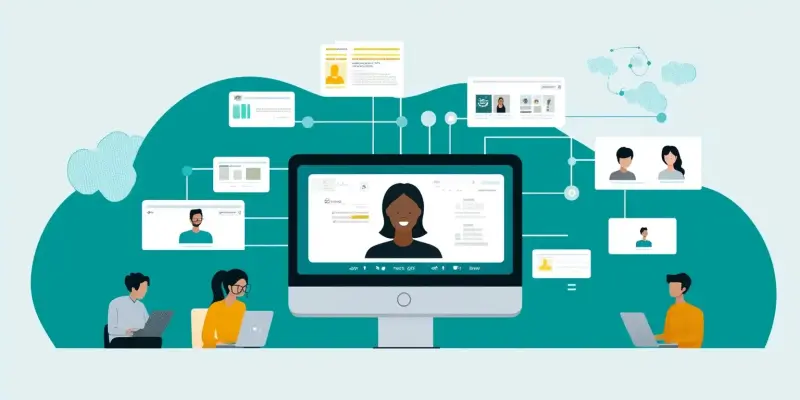As HR takes on a more strategic role in modern businesses, the integration of HR analytics becomes central to aligning HR strategies with overall business outcomes. This shift from intuition-based decisions to data-driven strategies is transforming human resources, providing invaluable insights, and enhancing decision-making capabilities. Organizations that leverage HR analytics can gain a comprehensive understanding of their human capital’s impact on business performance, paving the way for optimized results.
Centralize All Employee Data
The first step in implementing HR analytics is to collect and unify disparate sources of employee data into a centralized repository. Employee information is often scattered across multiple HR systems, Excel spreadsheets, and even paper records, leading to inefficiency and inconsistency. By consolidating all employee data into a single, centralized repository, organizations can ensure data accuracy and consistency. This unified data hub also allows for the identification of key performance indicators (KPIs) that help link employee performance to business outcomes.
Create an HR Dashboard
Visualization of data is critical for any analytics initiative, and an HR dashboard serves as the perfect solution. The dashboard acts as a one-stop source for all internal and external HR data, providing graphical representations of various metrics. This visual format makes it easier to monitor, benchmark, and derive insights into HR metrics that define success. Real-time information on key metrics such as headcount, cost per FTE, attrition rates, time-to-fill, and cost-to-hire can be easily accessed, aiding in effective decision-making.
Build Analytical Capabilities
Many HR teams are relatively new to the concept of analytics and may lack the skills necessary for successful deployment. Building analytical capabilities within the HR team is essential, achieved through targeted training programs in conjunction with the organization’s business intelligence team. Developing a strong analytics skill set within the HR team positions the organization to make more informed human capital decisions aligned with broader business contexts.
4. Put HR Analytics into Practice
Applying HR analytics begins with identifying a tangible business problem that needs addressing. This could involve improving employee retention, identifying high performers, or reducing the cost-per-hire. The key is to link analytics initiatives to specific business outcomes. Prioritize problems based on their business impact and the effort required to address them. Using an impact vs. effort matrix as a starting point ensures that high-impact, low-effort ideas are tackled first, setting a strong foundation for more complex analytics projects.
Drive Continuous Improvement
As HR evolves into a more strategic function in today’s business landscape, incorporating HR analytics has become essential to aligning HR strategies with broader business objectives. Instead of relying on intuition, companies are now using data-driven approaches to guide their HR decisions. This shift is revolutionizing human resources by providing valuable insights and improving decision-making processes. Firms that effectively use HR analytics can develop a detailed understanding of how their workforce influences business performance. By doing so, they can achieve optimized results and drive better business outcomes. This comprehensive understanding enables organizations to make more informed decisions, predict future trends, and address issues proactively. The integration of HR analytics not only boosts the efficiency of HR operations but also enhances the overall effectiveness of the organization, helping to create a competitive advantage in the market. Embracing this analytical approach allows HR to contribute more significantly to the company’s success, ensuring both short-term achievements and long-term growth.

